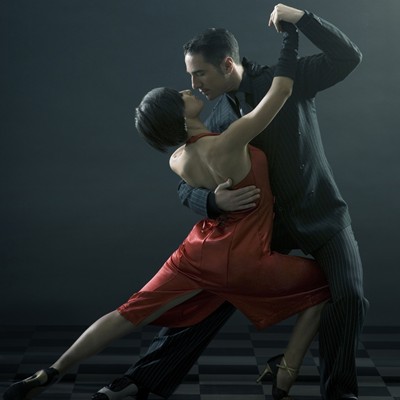Yes, HHDL said, of course the next Dalai Lama could be female. And, he added, pointing to his face, she should be attractive. The male interviewer was aghast. The Dalai Lama giggled. The video cuts to another question.
This is nothing new. HHDL has said for years that his mindstream might choose a female form next time around, maybe even a western woman. He's also said he won't come back. And the Chinese have said they'll find him.
And he's also said before that if his successor is a woman, she should be attractive. He points to his face. And giggles.
The interviewers' reactions seem to have more to do with their perceptions than his words -- ie, "You can't say that." Well, no, white male western interviewer, you can't say that because we have a pretty good idea of what you mean by it -- that looks matter more than wisdom. We don't know what HHDL means by it because interviewers stop there. I wish they wouldn't.
Maybe it's a joke -- she should be attractive like me, says the wizened monk. Maybe it's a reference to the padma, or magnetizing, energy a spiritual leader needs. Maybe it's a great big cosmic joke because enlightened beings see beyond the dualities the rest of us use to measure our progress -- hope/fear, good/bad, attractive/repulsive.
The lesson for me -- which I'm always learning -- is that when someone says something I find offensive, before I jump on my high horse and ride off, I need to try to understand what they're saying. I don't need to agree with it, but I need to know more about what they mean. You think vaccines cause autism? Why? Because someone told you about their experience? Have you looked at the science? Are you open to considering it? No? Got it.
There's an often-repeated story about HHDL meeting with a group of western Buddhist teachers a few decades ago. Sharon Salzberg asked him about working with self-hatred. The Dalai Lama was puzzled -- he had no context for understanding that since it wasn't part of the Tibetan experience. Maybe he's not familiar with the pressure westerners feel to be attractive.
When I feel self-righteous, I've learned, I need to look at the self. What part of me is reacting? What is her story? Does it apply to the situation in this moment, or can I let that go and see the situation differently, with more clarity?
We have a tendency to project our strongest defilements onto others. I listened to a talk today in which Matthew Brensilver, a teacher with Against the Stream, describes how our habitual reactions come out in stark clarity in retreat. We can become intensely angry, he says, that the kitchen has used the wrong beans, garbanzo beans!, when clearly the salsa-like dressing on the salad called for kidney beans. It's funny, but so true. We can be triggers looking for a target.
Surprisingly, to me, I'm not feeling righteous about HHDL's comment. Before he said he wants to be attractive in his next life, he expressed surprise that anyone would be surprised that a woman could be the leader of a Tibetan Buddhist lineage. It's happened before, he says, centuries ago. Why not again? There are many wise women teaching Tibetan Buddhism -- if that's what you need to feel like you belong here, find one of them. Or do you have issues with a woman teacher?
On a side note, the Dalai Lama has been advised by his doctors in the US to rest, to cancel a planned tour. He's 80, and his human body is aging, as all of our bodies do. I imagine that no one is better prepared for death than he is, but his death will create complications for Tibet and Tibetan Buddhists and the world. May he rest and recover and remain to teach for a long time. May we spend more energy following his example and teachings and less bickering over his words.




